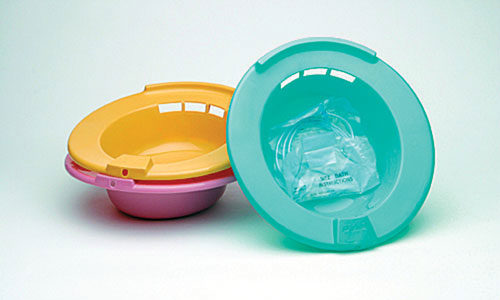Hemorrhoids are generally defined as swollen veins in the rectal and anal canal. This usual health problem is painful, but not fatal.
Veins can be swollen in the interior of the anal canal to form internal bleeding or hemorrhoids. Also, they can be swollen near the aperture of the anal hole to form external bleeding. You can acquire either kind at the same time. The signs and diagnosis are based on what kind of hemorrhoid you have.
The major cause of hemorrhoids is extreme tension or pressure in the anal and rectal region. Commonly, inner anal tissue is filled with blood to aid with bowel movements. If you put pressure to discard the contents of the bowels, the tension can cause the anal canal to stretch, tear and be swollen causing hemorrhoids.
Sometimes, hemorrhoids can be caused by diarrhea or constipation. These health conditions can also put extra tension in the anal canal.
Pregnant women are likely to experience hemorrhoids during the last quarter of pregnancy. This is due to the added tension on the blood veins in the thighs. During labor, when a woman is pushing the baby out, hemorrhoid can also occur.
Also, it is noted that obese persons are more likely to get hemorrhoids than those with normal weight.
The most common signs and symptoms of both inner and outer hemorrhoids are:
1. Bleeding during bowel movements. You might observe that your bowels have smeared blood, or the toilet paper is tinted with blood.
2. Prickling sensation in the anal region.
3. Pain in the rectal area.
In inner hemorrhoids, a blood-tinted bowel movement can occur. You can see red smudges of blood on the toilet paper or vivid red blood in the toilet bowl after you discarded your wastes.
Inner hemorrhoids are usually small, inflamed blood veins in the lining of the anal canal. However, they can be sometimes large, slumping veins that lump out of your anus all the time. If you have this kind of hemorrhoid, it can be painful if they lump out and are pressured by the rectal muscles. Pain is experienced if the blood supply to the hemorrhoid is blocked. If you have a sagging hemorrhoid, you can also observe mucus on your stool.
Internal hemorrhoids often are small, swollen veins in the wall of the anal canal. But they can be large, sagging veins that bulge out of the anus all the time. They can be painful if they bulge out and are squeezed by the anal muscles. They may be very painful if the blood supply to the hemorrhoid is cut off. If hemorrhoids bulge out, you also may see mucus on the toilet paper or stool.
On the other hand, external or outer hemorrhoid can also bleed, leading to a rigid painful bulge. This is clinically called as a thrombosed anal vein, or generally a hemorrhoid.
Although hemorrhoids are not fatal, this is a condition which you should not ignore completely. Hemorrhoids can sometimes be a sign of a more serious problem such as cancer of the colon, anus and intestine.




